We have come a long way in terms of watches from 16th century portable spring-driven clocks to 21st century smart watches. Within a few years our debates have shifted from Analog versus Digital watches to what brand and specifications smart watch offers?
Smart watch
This is no wonder that tech giants have heavily invested in launching their own versions of smart watches, whether its Apple, Samsung, Fitbit, you name it! However, what we aren’t aware of is the amount of personal data we give these tech giants the moment we tie around a smart watch. This is why we love Pauls Open smart watch! Which works completely off-grid, while providing the similar sensor integration and functionality as smart watch (Have supported hardware, but needs a lot of work on the software).
Open Smartwatch – An Overview
Why put in so much effort designing your own smart watch when one can easily buy one?
Well for Paul, it’s the matter of choices that every user should have over the wearable they wear, and that choice is of willing or not willing to share your data, that choice is of customizing your own code and the choice to design every aspect of your wearable on your own.
Even though Paul is a cloud developer, ironically his watch doesn’t interact with any cloud services, he could have linked every data of the watch to the cloud but instead to prevent data harvest and privacy breach he made the storage local on the PCB by mounting a micro SD card.
Early version of the watch
It all began with initial models in 2018 using an E ink display and an older ESP module along with some SMD components. Back then it was on a more on a hobby side and far from day to day use, but just in a few years his design evolved to the present version. Which he even wears it everyday and update about it on his Instagram page.
Recent version of the watch
Paul made both the hardware and the software of the watch open source completely from scratch and also made sure to document every step. So, if anyone is interested can actually make a smart watch from scratch with very little effort compared to the 2-3years of work done by him.
What Versions are Available?
Video Source – Paul3d
Before we go into the design breakdown of the watch, we need to understand the 2 version of the watch:
- Light Edition: This is a simplified version of smart watch with limited utility on board along with smaller PCB and smaller battery as it consumes very little power. Because of the simplicity and easy to use, it sell out every unit within a few hours when LILYGO put it on sale.
Light Edition
- GPS Edition: While light edition have Wi-Fi and Bluetooth connectivity which comes with along with ESP32. The GPS edition has an enhanced edition of the PCB that adds another 4 MB of RAM, a micro SD slot, a Quectel L96 GPS receiver and also a bigger battery.
GPS Edition
Design breakdown
We’ll try to focus on both the version of the watch as they are pretty similar except for few features.
| Sl.No | Light Edition | GPS Edition |
| 1. | ESP32-pico-D4: 2x240MHz, 320KB RAM | ESP32-pico-D4: 2x240MHz, 320KB RAM |
| 2. | Bluetooth 4.2 BR/EDR BLE | Bluetooth 4.2 BR/EDR BLE |
| 3. | Wi-Fi 2.4GHz 802.11 b/g/n | Wi-Fi 2.4GHz 802.11 b/g/n |
| 4. | GC9A01 240×240 16bit TFT display (round) | GC9A01 240×240 16bit TFT display (round) |
| 5. | BMA400 Accelerometer + Pedometer | BMA400 Accelerometer + Pedometer |
| 6. | MCP73831 LiPo Charger | MCP73831 LiPo Charger |
| 7. | CH340E USB Serial | CH340E USB Serial |
| 8. | Quectel L96 GPS module | |
| 9. | 4MB RAM | |
| 10. | microSD |
Hardware specification
The PCB of this watch is loaded with peripherals and densely packed surface mount components. Paul has managed to squeeze in everything on a tiny PCB and the current version of PCB comes in various size ranges and layers depending on the version of the watch.
On the components side of the watch, there is a lot going on:
GC9A01 240X240 display
This tiny 240×240 1.28 inch TFT colour LCD, with GC9A01 LCD driver. The particular display can be controlled with standard SPI so it is compatible ARDUINO, ESP32 and Raspberry Pi. It comes with Dot (Pixel) with pitch: 0.135×0.135 mm for very crisp text and image with some good viewing angle range – Left:60.0, Right:60.0, Up:40.0, Down:50.0.
GC9A01 240X240 display
TTGO Micro-32
It is a micro development board based on the ESP32, which is of a size similar to postal stamp. Since the TTGO micro-32 is using esp32 it also can get connected to various wireless connectivity like Wi-Fi+BT.
Comparison between TTGO Micro-32 vs ESP-WROOM-32
ESP32 has two CPU cores, which can be controlled separately along with varying clock rates from 80 MHz to 240 MHz. This module also can be put to low power modes by turning off the power to the CPU and use the low-power co-processor to monitor changes in the state of the peripheral to turn back on.
TTGO Micro-32 on OSW
CH340E USB to Serial converter
The ESP32 communicate to the PC through a Serial to USB converter for programming and debugging. In this particular watch (both version) CH340E is used to realize USB convert to serial interface. There are various version of CH340 varying from CH340G, CH340C, CH340B, CH340T, CH340R but CH340E is the only one with smaller footprint that can fit within this watch.
CH340E USB to Serial Converter
DS3231M RTC
The DS3231 (eight-pin SOIC-package) is a low-cost, extremely accurate I2C real-time clock (RTC) with an integrated temperature compensated crystal oscillator and crystal. The device incorporates a battery input, and maintains accurate timekeeping when main power to the device is interrupted. The RTC maintains seconds, minutes, hours, day, date, month, and year information. The date at the end of the month is automatically adjusted for months with fewer than 31 days, including corrections for leap year.
Realtime clock DS3231
BMA400 tri-axial accelerometer
The tiniest IC on the board spanning a bit less than 2mm is an ultra-low power acceleration sensor without compromising on performance. The BMA400 allows low-noise measurement of accelerations in three perpendicular axes. It can sense step /count steps, can recognize activities such as standing still, walking running activity change (detects change of unspecific periodic activities) , orientation and tab/double tap to wake.
BME280 MEMS Atmospheric Pressure Sensor
BME280 sensor, an environmental sensor with temperature, barometric pressure and humidity. It is great for all kinds of indoor environmental sensing. This precision sensor from Bosch is the best low-cost sensing solution for measuring humidity with ±3% accuracy, barometric pressure with ±1 hPa absolute accuracy, and temperature with ±1.0°C accuracy.
Quectel’s Miniature-Sized L96-M33 (Only on GPS edition)
The Quectel’s L96 supports concurrent reception of up to three GNSS systems. The built-in LNA provides the module with better performance under weak signal areas. The embedded chip antenna reduces the total size of the board. Its excellent performance makes the L96 ideal for industrial and consumer applications. Extremely low power consumption of about 7uA @ Standby Mode makes it easier to be applied to power sensitive devices, especially portable applications.
Quectel’s Miniature-Sized L96-M33
What’s Powering the watch?
A 3.3v 450maH rechargeable LiPo battery is used. Which should have enough juice to power this PCB with a ton of peripherals on it. The components on the board draws an average of 200 – 300mA, with its display illuminated, and Wi-Fi transmitting but it should be significantly less when the watch is in deep sleep. It’s also worth noting that Wi-Fi (and other radios) can be very noisy, which can cause high instantaneous peak requirements in which can be above the average current consumption of 200 – 300mA.
Unfortunately, there are no ports to plug in the battery, so extreme precaution must be taken while manually soldering the battery to the PCB. Its designed this way to takes up less space and also to avoid LiPo batteries that comes with various connectors.
LiPo Battery
Did you just say 3D Printed Case?
As said earlier, every part of this smartwatch is DIY. From bezel to straps of the watch everything can be 3D printed.
3D printed watch strap
Anyone can directly access the 3D print design files and customize their personalized smart watch based on various case designs and straps variety currently available. And yes, there is not just one or two to choose from, there are many! You can check out Paul’s website fore more details.
The Open-Smartwatch Operating System
If you are blow away by the hardware of this project be ready to be blow away by the operating system that’s running on this watch along with all the apps that’s running on it. Immense amount of work is put on developing everything from scratch and it’s completely open source. You can check this link for more detail about the Open-Smartwatch Operating system. There are 30 contributes who worked on the code and the the community over GitHub is very active!
Just look at the amount of work done on developing various watch faces. Apart from this they have various tools for calibration and games that you can play within this watch!

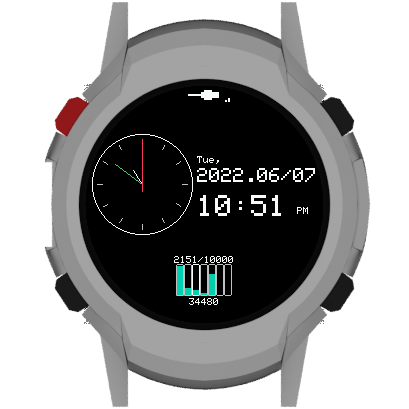
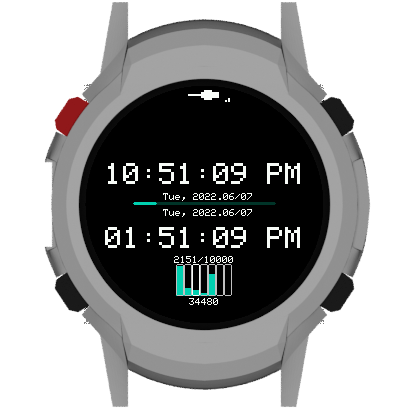
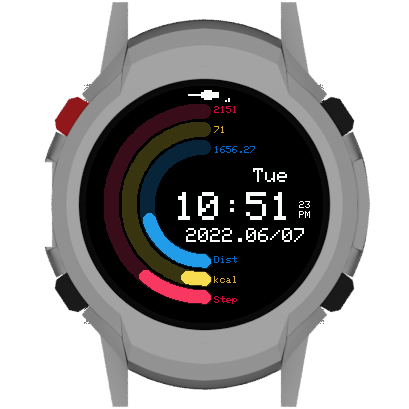
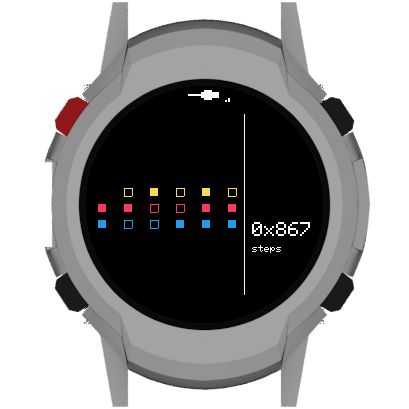
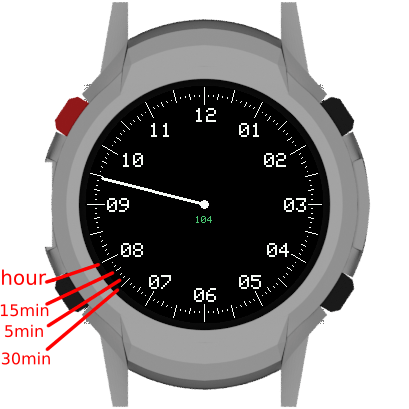
Watch Faces
Wait there’s more to it!
Paul is constantly working on enhancing the features and specifications of each component. Thus, the more hands these watches go to, more feedback and hence more development. Currently he is also working on a ultra low power watch that’s running on a sharp memory display LS012B7DH02, Allowing him to keep the screen running for a month with his current test, he hopes with further more software updates it will get to 2-3months. He is also working on more hardware tests and aim for half a year on a single charge.
OSW with Sharp Memory Display
Take Away
If you think you can do this open smart watch completely by yourself with open sourced hardware, PCB design and 3D printing files, you maybe technically correct. But in reality that can be quite tedious, and need more time, from manufacturing the PCB to assembling it with precision, 3d printing and working with the code. To solve this, he worked up with LILYGO and Makerfabs to do a run of the Open-Smartwatch electronics which you can pick up here.
Overall It is a small package with tons to learn from, the open source files, schema, design and then DIY assembly of PCB, battery, bezel and straps to actually build a working watch is like an adult version of building a castle out of LEGO, but of course with lot more engineering going on. Plus you can always reverse engineer the parts to make its functioning better!


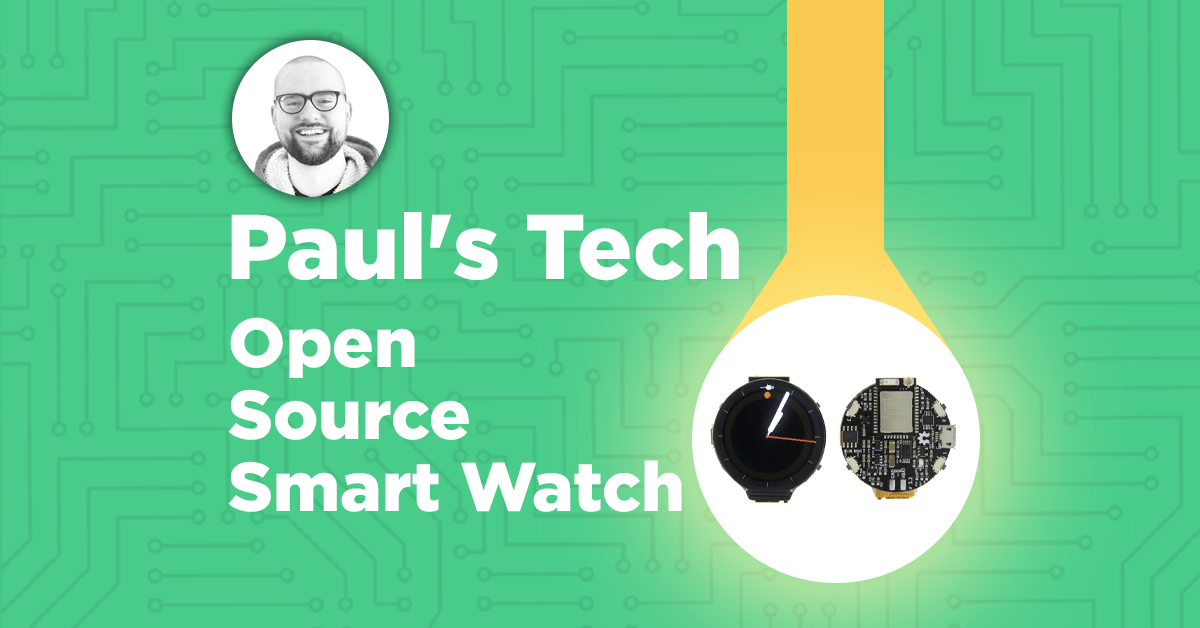
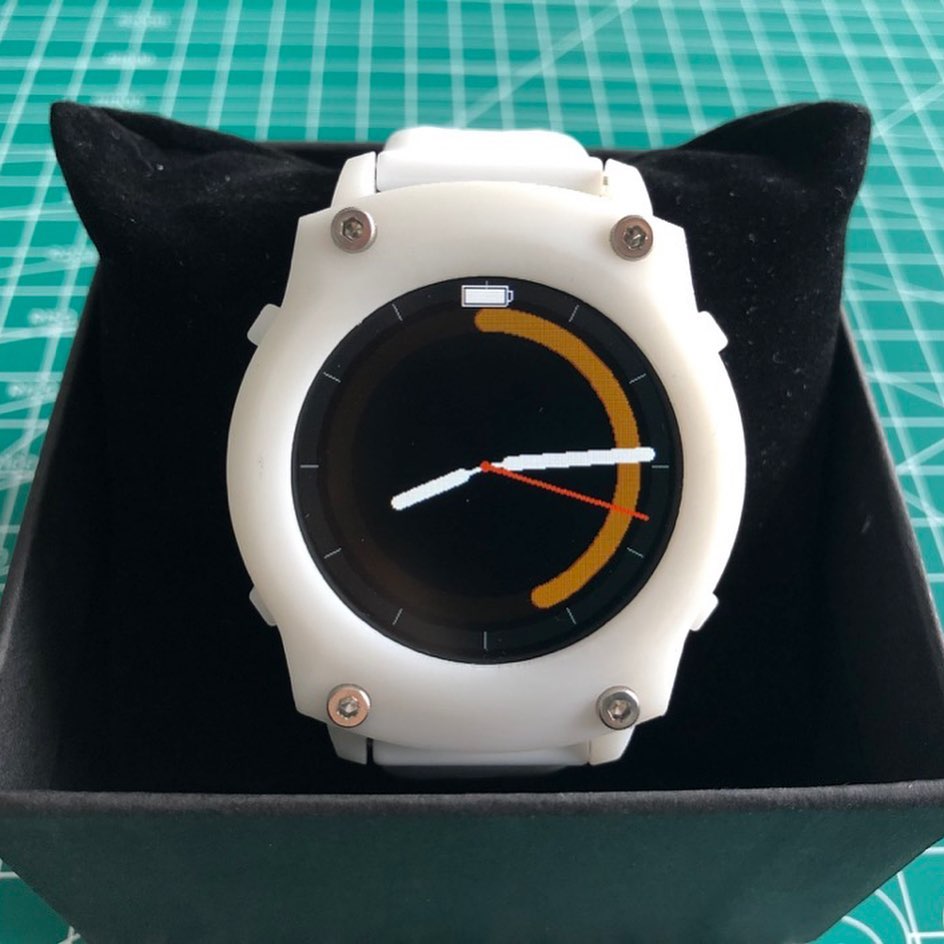
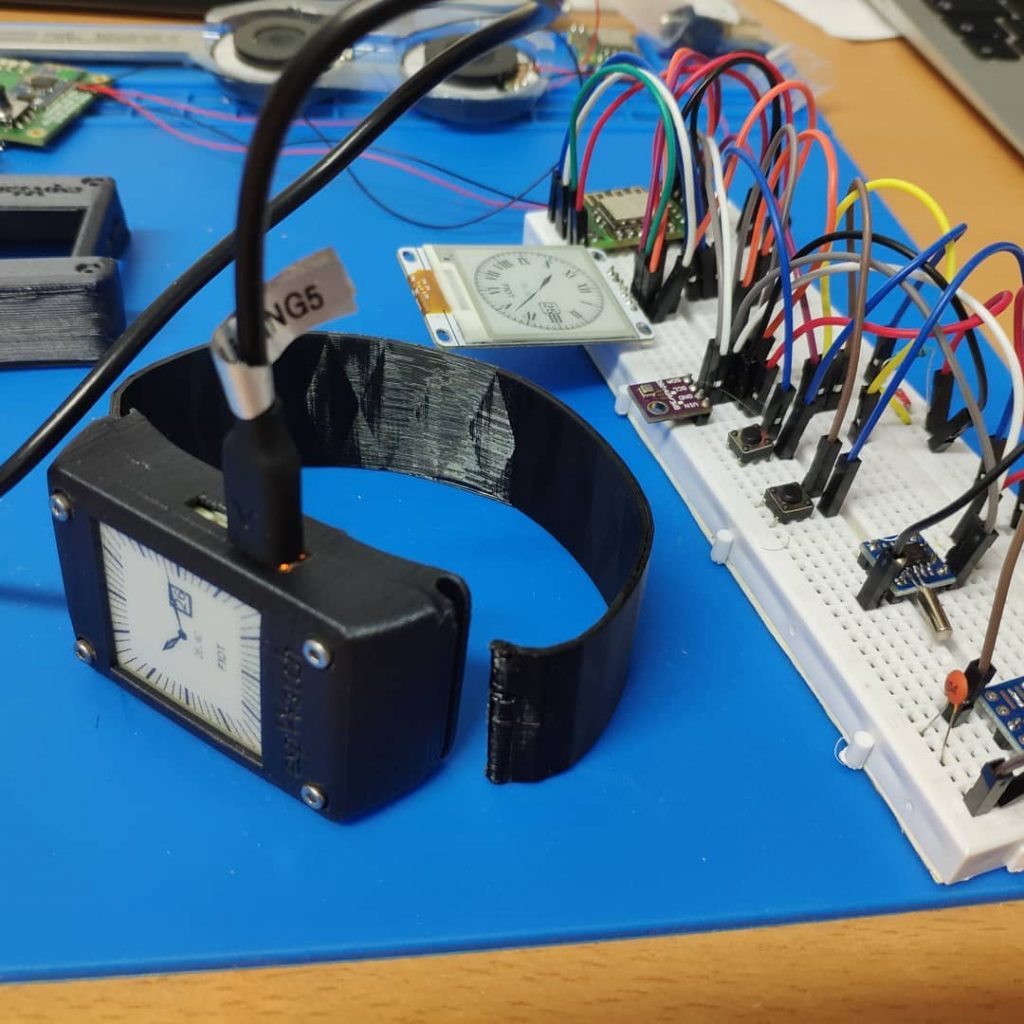
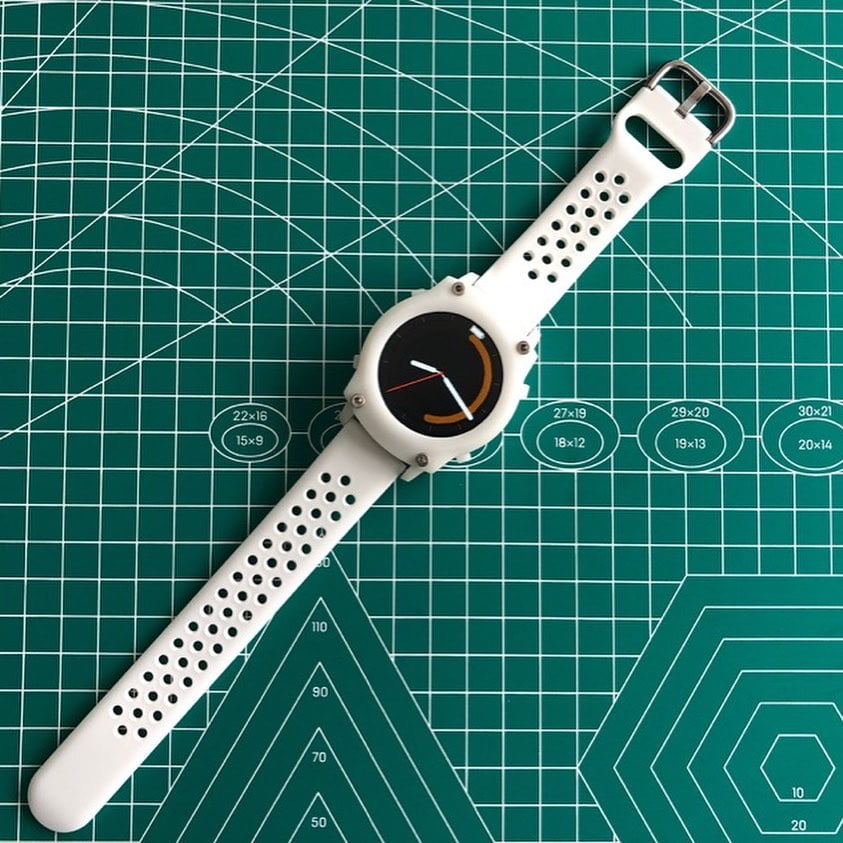
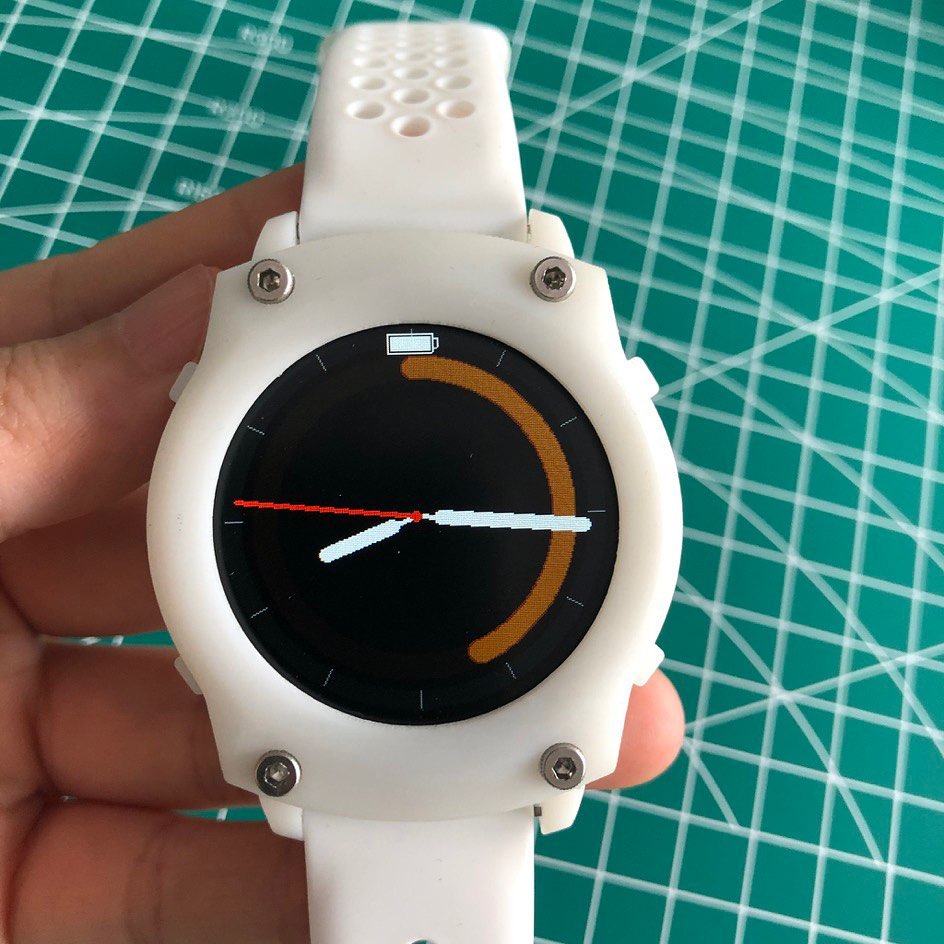
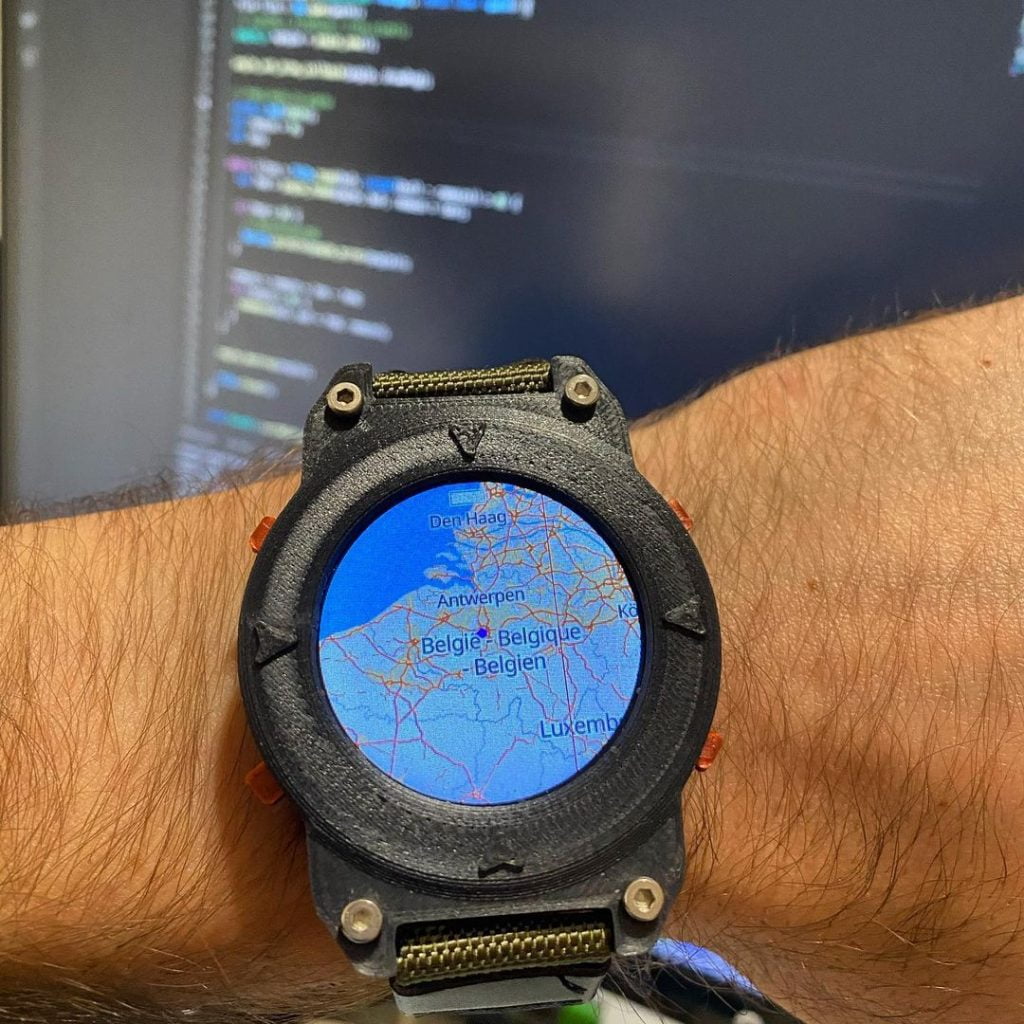

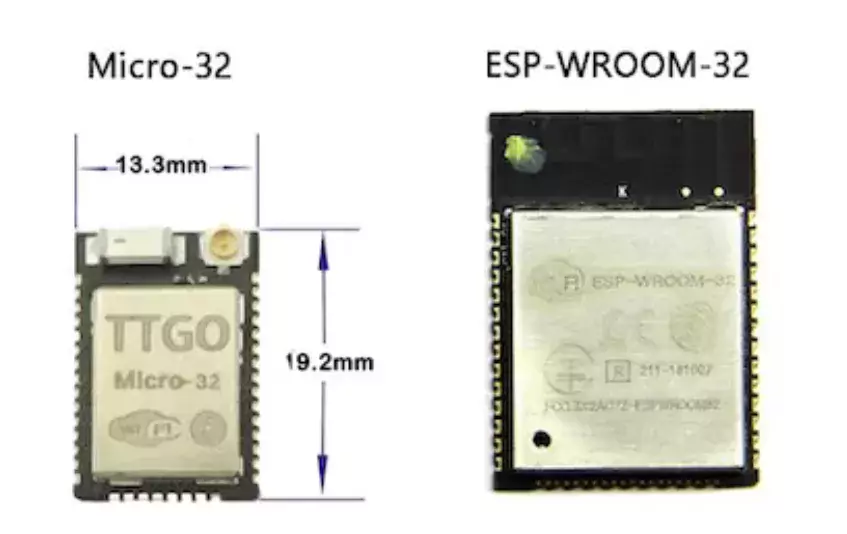


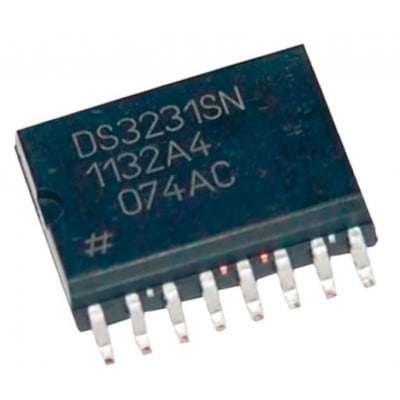
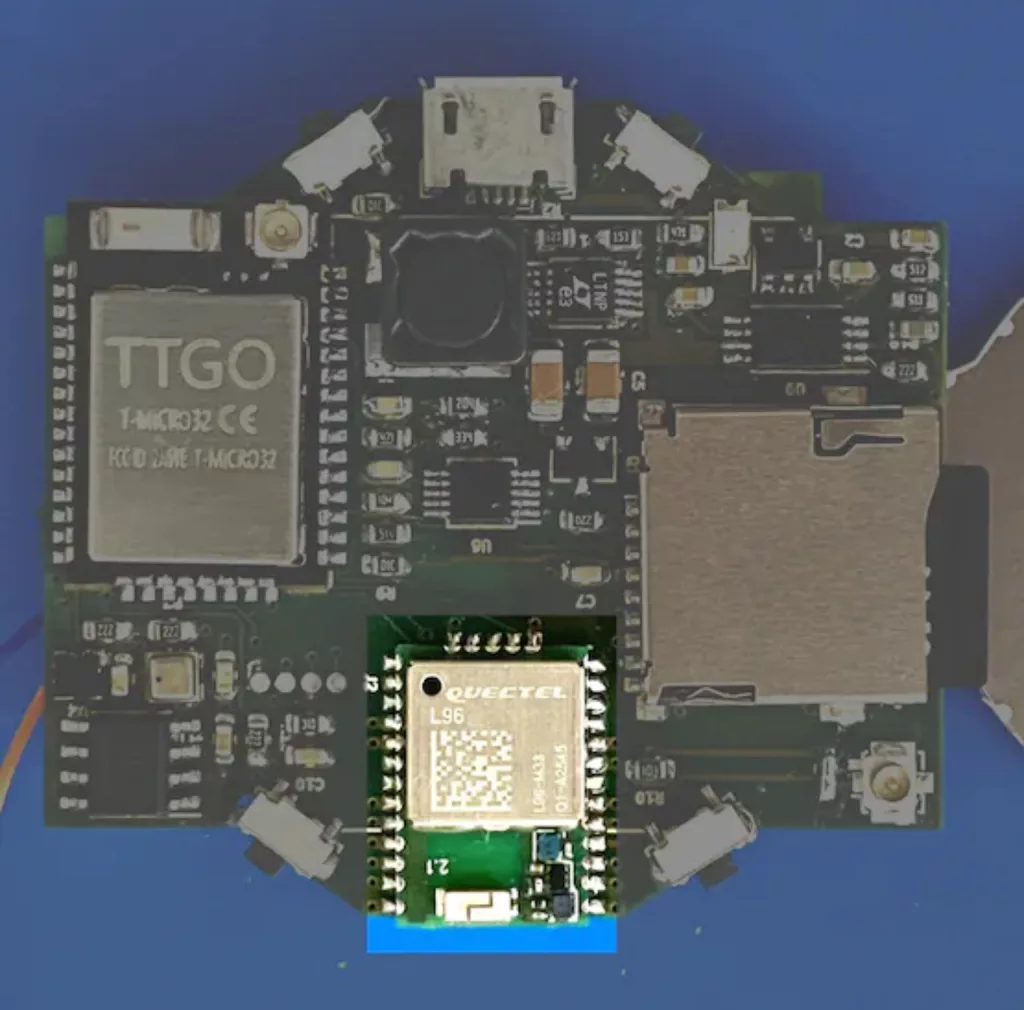

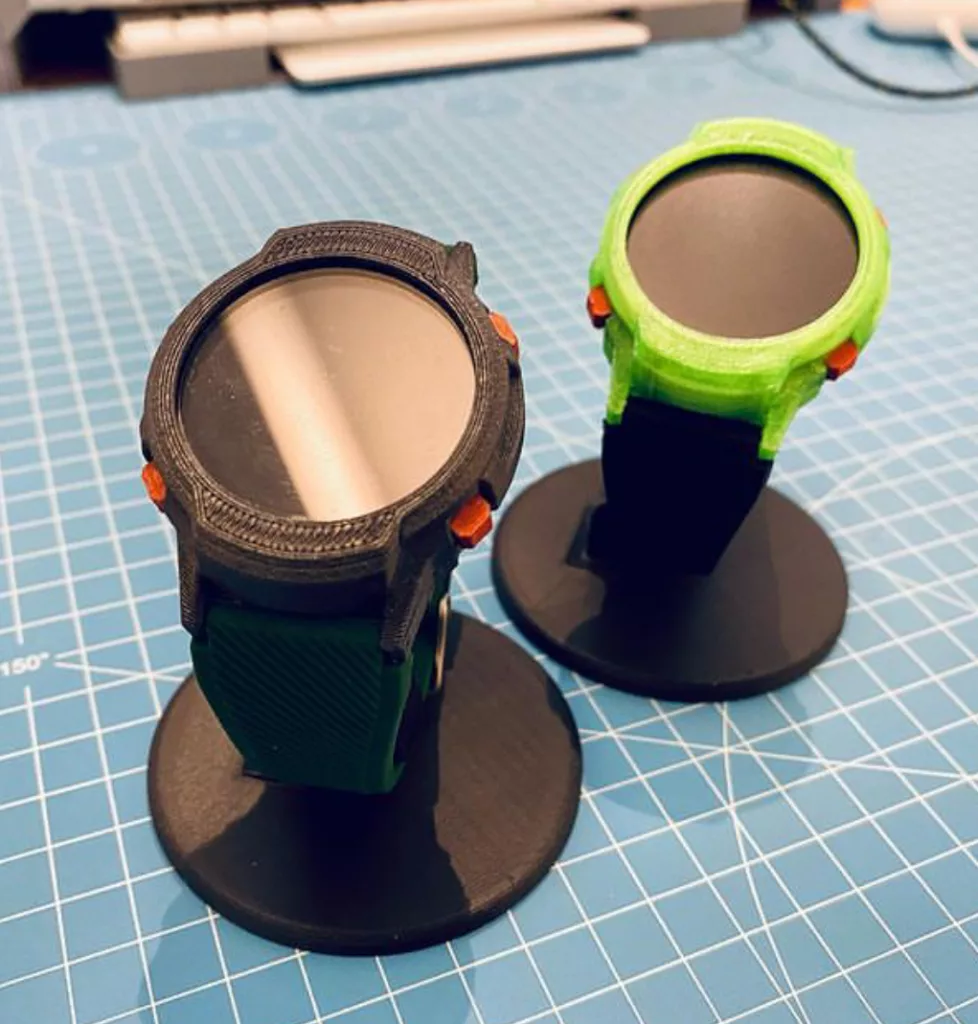

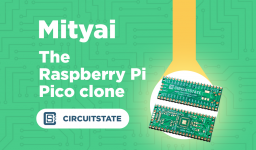
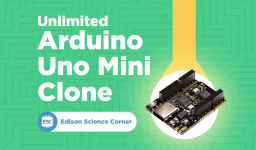

Leave a comment